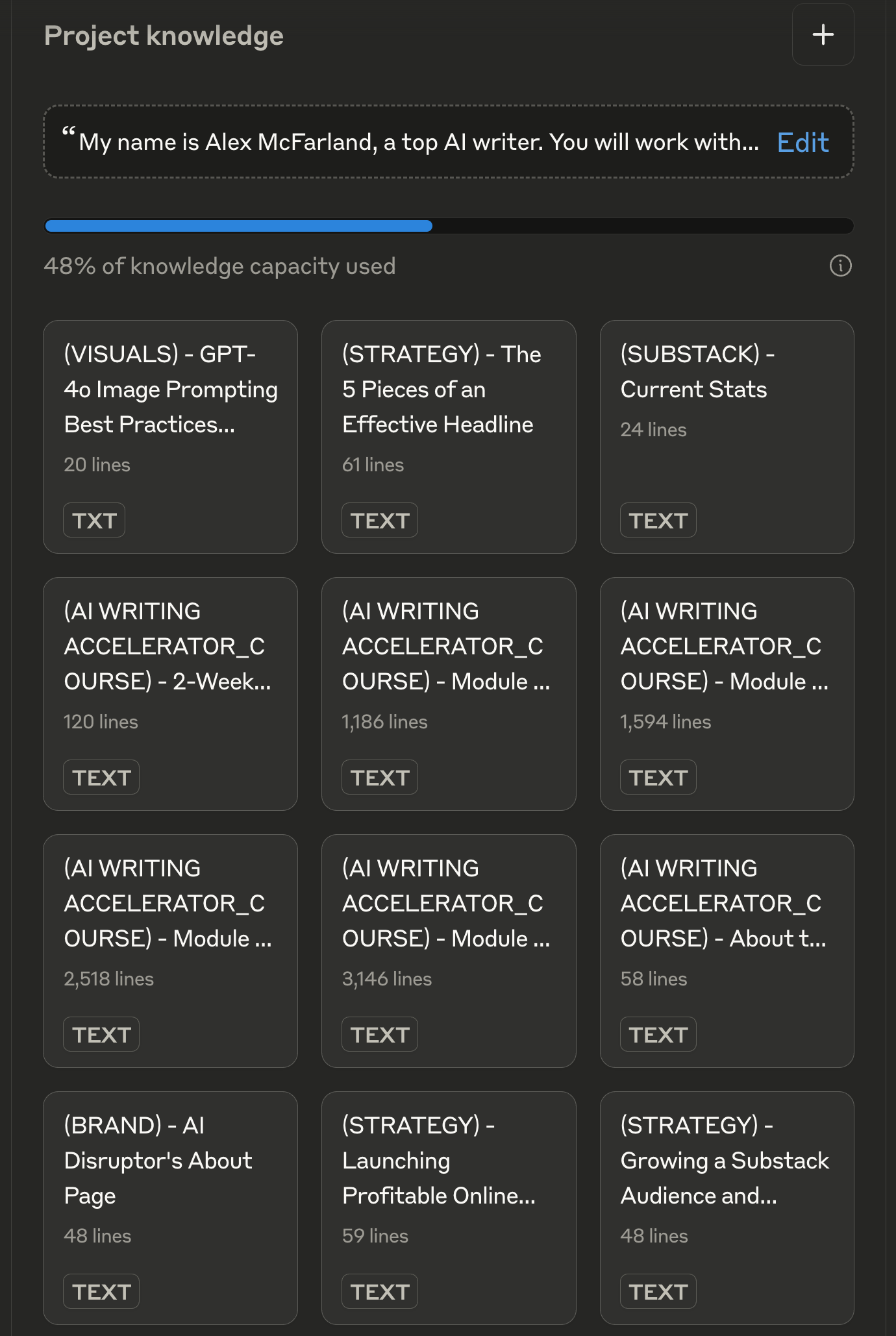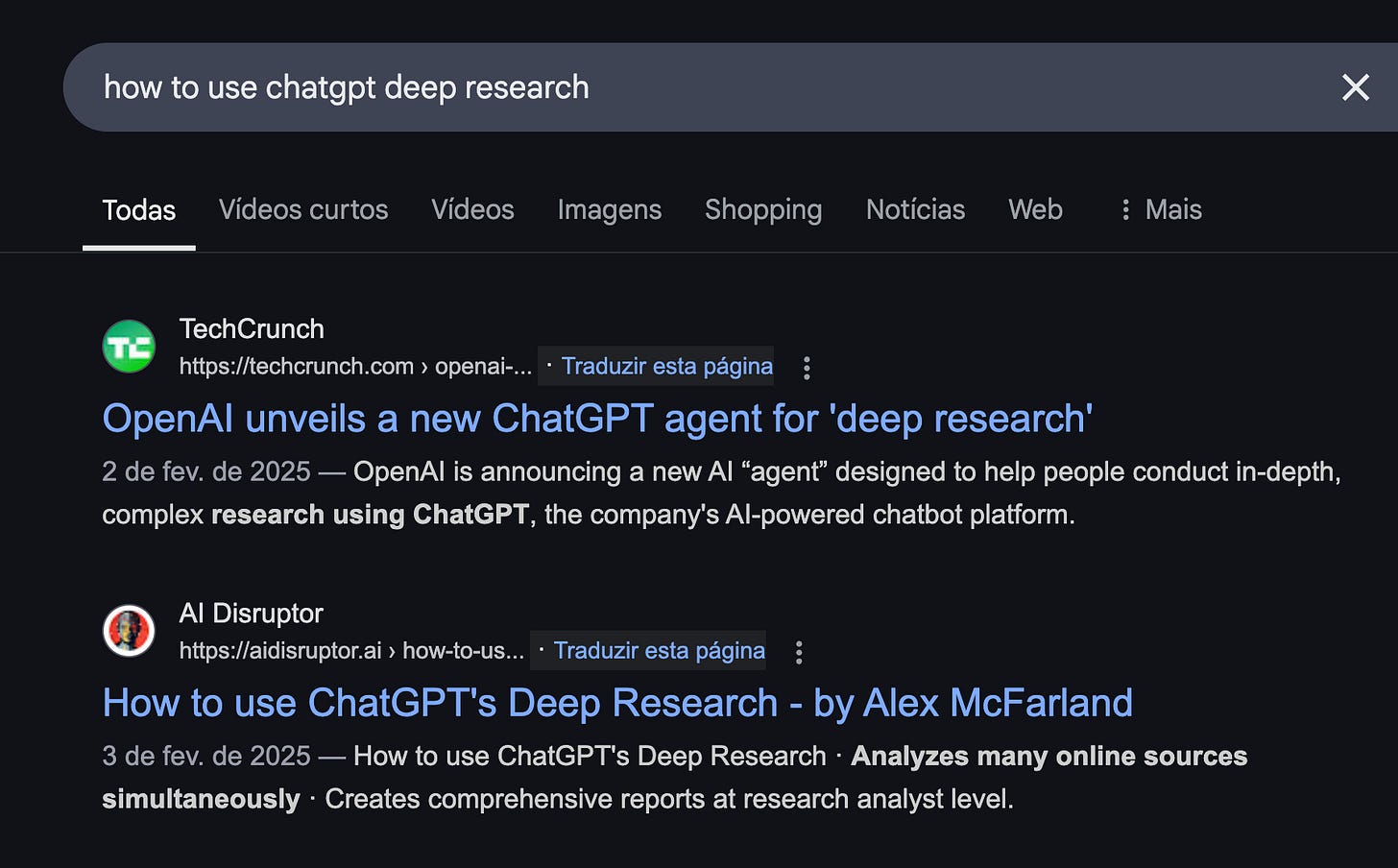3 AI writing problems your prompts can't fix (but systems can)
You need frameworks that solve hallucinations, generic content, and Google penalties.
Before getting into today’s post, I need some help from you. How’s my publishing schedule working for you?
Some weeks I publish 4 newsletters, other weeks just 1. This varies because:
AI developments happen in waves
I only write when there's something valuable to share
I prioritize quality insights over arbitrary schedules
The promise of AI content creation is everywhere — create faster, produce more, scale. But if you're like most writers or creators, you've hit walls that no amount of prompt tweaking will solve.
What is the secret to actually transforming your content business with it?
Systems, not just prompts.
If you missed the announcement yesterday, the AI Writing Accelerator is now live and spots are filling up. Use code “EARLYSUPPORTER” until April 7 for $150 off.
1. When AI confidently lies to your readers
Anyone who has used AI to create content has experienced confidently fabricated statistics, invented sources, or entirely fictional case studies. These are serious credibility killers that can damage your reputation.
Quick fix: Use a two-model verification system. Generate content with one model, then have a second model or research tool specifically evaluate the factual claims with instructions to flag anything unsupported.
The professional approach requires more than just prompt tricks. By implementing a true fact-checking workflow like a NotebookLM + Claude or ChatGPT system, you create an automated verification pipeline.
This system cross-references claims against source documents, flags potential fabrications, and creates proper citations — all while maintaining the natural flow of your writing.
2. Breaking free from the AI content template
Some signs of (bad) AI writing are: the same formulaic intros, predictable transitions, and generic voice. This homogenization kills engagement and makes it impossible to stand out.
Quick fix: Create a voice guide document with 10-15 examples of your unique writing style, formatting choices, and perspective. Reference this document in your prompts.
But pro AI writers go beyond simple voice guides. They implement comprehensive repurposing systems that transform raw content (like transcripts, research, or scattered notes) into engaging material that maintains their authentic voice.
Instead of asking AI to "write like me," they build systematic workflows that preserve their voice while scaling output.

3. Surviving Google's AI content crackdown
I’ve seen several publications go from 5 million monthly hits to completely vanished form Google overnight. Why? They rely on AI content that is generic, boring, and that teaches you nothing.
Google's crackdown on AI content is not actually about detecting AI — it's about penalizing invaluable content.
Many writers, company blogs, and publications are still trying to game the system with outdated SEO tactics rather than solving the fundamental value problem.
Quick fix: Before writing, make sure you are solving questions people are actually asking about your topic. Then structure your content to answer these specific questions better than competing sources. (There are AI tools to help you with this.)
Please..no keyword stuffing. Nobody wants that.
AI content creators and marketing teams need to implement new frameworks that focus on creating genuinely valuable content. Systematically integrate authoritative sources, leverage answer engines (like Perplexity) for research, and create FAQ structures optimized for featured snippets.
The mindset shift
The fundamental divide between amateur and pro AI writers isn't about which models they use or how clever their prompts are. It's about the shift from thinking about tools to implementing systems alongside those prompts.
Tools require constant attention and guidance. Systems produce consistent results through well-designed workflows.
This is why I created the 2-hour AI Writing Accelerator — to share the exact systems you can use to overcome these three challenges and more.





